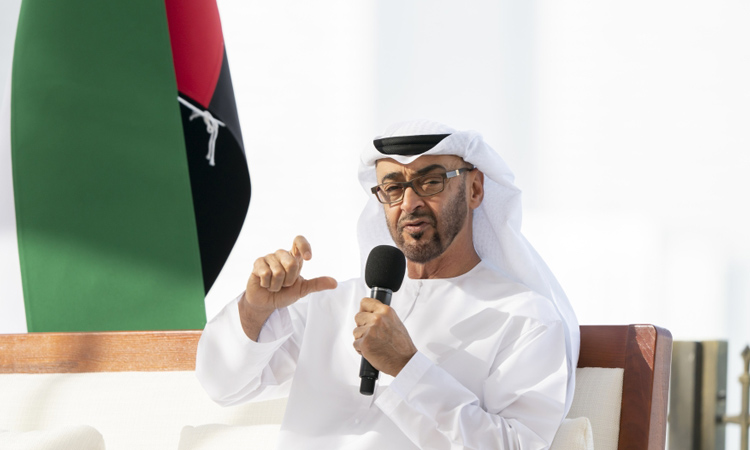Known as “The Days of Awe,” Judaism’s High Holy Days — which begin on Wednesday — annually provide an emotional mix of celebration, introspection and atonement for Jews around the world.
This year, for many, the emotions will be extraordinarily powerful, given that the midpoint of the 10 days spanning Rosh Hashana and Yom Kippur is Oct. 7 — the one-year anniversary of the Hamas attack that killed 1,200 Israelis and triggered the still-ongoing war in Gaza.
For Jews in the U.S. — the world’s second-largest Jewish community after Israel — the past 12 months have been challenging in many ways linked to Oct. 7. There’s been a surge in antisemitic incidents, and many college campuses were wracked by divisive pro-Palestinian protests. Jews grieved for Israelis killed or taken hostage by Hamas; many also are grieving for the tens of thousands of Palestinians subsequently killed during Israel’s military offensive in Gaza.
“It’s been a very difficult time, the most difficult time for a Jew in America that I’ve been alive,” said Gayle Pomerantz, senior rabbi at Miami Beach’s Temple Beth Sholom. “I’m hoping that the holidays will help to contextualize our suffering and not let it overtake us.”
Rabbi Rick Jacobs, president of the Union for Reform Judaism, said the confluence of the Holy Days and the Oct. 7 anniversary created “an impossible moment” for rabbis ministering to their congregations.
He noted that liturgy for Rosh Hashana – the Jewish New Year – includes posing the question, “Who will live and who will die (in the coming year)?”
“That’s going to resonate in a different way this year, for certain,” Jacobs said, evoking Oct. 7 as “a day of unbelievable grief in a war that is not only not ending, but maybe expanding.”
Heading into the 10-day span, Jews have reasons for both hope and apprehension.
Pomerantz and Jacobs each said they had seen signs of a resurgence of Jewish pride and solidarity. In Miami Beach, Pomerantz said, there have been higher enrollments in her synagogue’s religious school and “intro to Judaism” classes, as well as in attendance at worship services.
“This is a moment where we need one another. We need community,” said Jacobs, whose organization represents more than 800 Reform synagogues in North America.
At the same time, there is pervasive anxiety about a rise in antisemitic incidents over the past year.
Major Jewish groups have been tracking this trend, which was confirmed last week in the FBI’s 2023 Hate Crime Report.
It found that the Jewish community was the most-targeted religious group, with 1,832 anti-Jewish incidents accounting for 67% of all religiously motivated hate crimes recorded by the FBI. That was up from up 1,124 incidents the prior year. The incidents include vandalism, harassment, assault, and false bomb threats.
One consequence: A mood of vigilance. Ahead of the High Holy Days, for example, there have been online training sessions offered by the Secure Community Network, which describes itself as the official safety and security organization of the Jewish community in North America.
Topics have included how to stop severe bleeding and how to respond to an “active threat” alert.
CSS, another Jewish security organization, has been offering classes in Krav Maga, a self-defense system developed for the Israel military that uses techniques derived from boxing, judo, karate and other disciplines.




